There are tons of interesting birds in this world and so, every now and again, I would like to share something of some of the exceptional people I meet along the way. So, meet Hannes:
I first met Johannes early last year and his sponge-like desire for knowledge and a deeper understanding of digiscoping was wonderfully infectious: he peppered me with questions I had rarely or never come across, and critically questioned assumptions that I or others had made in their digiscoping. And challenging assumptions is something I really appreciate. Anyhow, so every now and again, Hannes sends me incredible photos from his adopted home in Australia (he is from Tirol originally) and we exchange ideas about how we can push digiscoping just a little further.
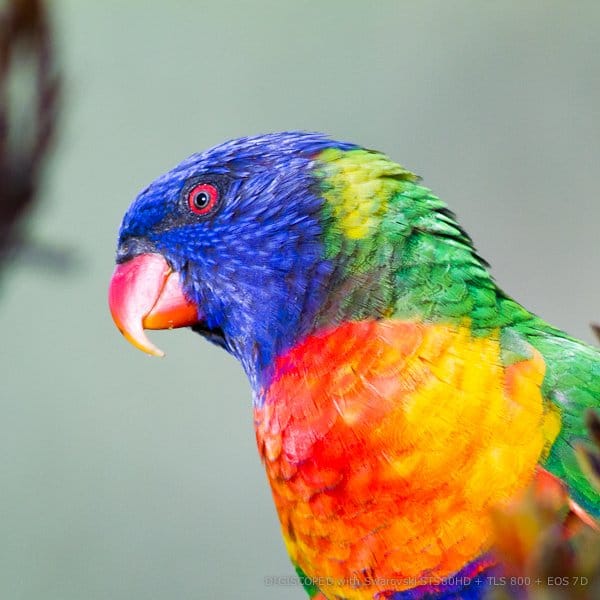
Of all things, why digiscoping?
JN: I started to develop an interest in digiscoping about 2.5 years ago. The possibility to attach a camera to a spotting scope intrigued me and had me spellbound at the same time. Being a newcomer to even snapshot photography, the initial results were naturally less than promising, but for me this was a challenge and I just wanted to get it to work. After quite a bit of trial and error and in search for the causes of me failing, I took the cameras manual and started to read it – (I used to use my wife’s Nikon Coolpix on a UCA behind the 20-60 and a Swarovski ATS65). Slowly but surely I started to learn about the very basics of photography and along with it, the results slowly became better and more consistent as well. It didn’t take long at all, till I was longing to have a better and more capable camera and I ended up jumping into the deep water and bought my first ever DSLR (Canon EOS 7D) a couple of years ago.
Digiscoping has prompted me take up photography and it has reignited a more conscious interest and appreciation for wildlife in me, in particular towards birds.
What type of digiscoping do you do?
JN: I started off using an angled 65 scope with a 20-60 eyepiece and attached a compact camera via the UCA. For quite some time this was my favored setup up until a colleague of mine (yes, it was you Erika) convinced me whilst on a business trip to Queensland to try the TLS800 (super telephoto system) in combination with my DSLR. I haven’t looked back since and almost exclusively use the straight 80HD with the TLS800.
I like this setup as it is much better suited for my personal style of digiscoping. I like to be flexible, quick and more active in the field. The whole setup is very nicely balanced and at just over 2.5kg I can easily hold it for longer periods without suffering from fatigue. Even though I carry a tripod along with me for observation, most of my digiscoping is done hand-holding the setup. It is much easier to get up closer to a bird, point the scope past a branch or to duck down low to get a head shot which is isolated against the background. Both systems, going through the eyepiece of the scope and using the Telephoto lens system have their very own and individual advantages over the other. What is best is depends on the situation and your personal preference/style.
Do you have any favorite digiscoping subjects or themes?
JN: I particularly enjoy capturing images of bird heads. I am fascinated by their facial expressions and I aim to show as many details as possible at a resolution which will be good enough for an A3 print at 300dpi. But of course I also like taking images of other animals when the opportunity presents it self. Dragonflies, for example, are lots of fun and so are butterflies.
Birds and Dragonflies are both challenging subjects, do you prepare yourself in any way for the challenge?
JN: Preparation is really important. One ritual I go through before I start digiscoping is that I take a few images of random objects (flowers, tree-stems, rocks, etcs.) just to refresh and update the feel for what an in-focus image looks like through the viewfinder. At closer distances (6-20 meters depending on the size of the object) focus is crucial. The acceptable depth of field is tiny at this high focal length and you need to be right spot on to get a good image. But all is not lost if you don’t get it 100% in focus. You can always convert them to images for online viewing by lowering or bringing images down to smaller resolutions will most often make them look better – I have lots of images that are for online viewing only 😉
At the beginning and after every photo opportunity, I always reset my focus to about 8-10 meters. This means that I am always ready for a quick action shot; and getting critical focus quickly is much easier.
What is the most important factor behind getting a good digiscoping photo?
JN: Possibly even more important than focus is the shutter speed. Motion blurred images can appear to be out of focus. I personally favor and get most consistent results using 1/800s-1/1600s (higher in case of Birds In Flight). Shutter speed is your friend and is – in my opinion – more important than ISO. Due to the fixed aperture, we only have shutter-speed and ISO available to expose the scene correctly.
Factors that induce shake and contribute to motion blur include:
- holding the camera (free-hand or on a tripod) will introduce shake,
- any sort of wind will add to this,
- pressing the shutter button adds shake,
- a flapping DSLR mirror, and
- a not completely still object could cause motion blur.
So, there is quite a bit which the shutter speed needs to take care of.
So what about ISO?
JN: I take most of my images at higer ISO’s 1600 to 3200 sometimes even 12800 it really depends. Whilst this might seem excessive to a lot of people, if you try to fill a large part of the sensor with the subject you will still get good details and acceptable image quality especially after some simple noise reduction and sharpening in post processing.
Do you have a standard/starting camera setup then?
JN: Yes;
Shutter priority on the Camera – 1/1600 by default
Auto ISO
Center weighted metering
Highest RAW image quality
What else is helpful to get great digiscoping shots?
JN: Of course good weather, good light, good birds and very important, and an understanding family that puts up with your obsession.


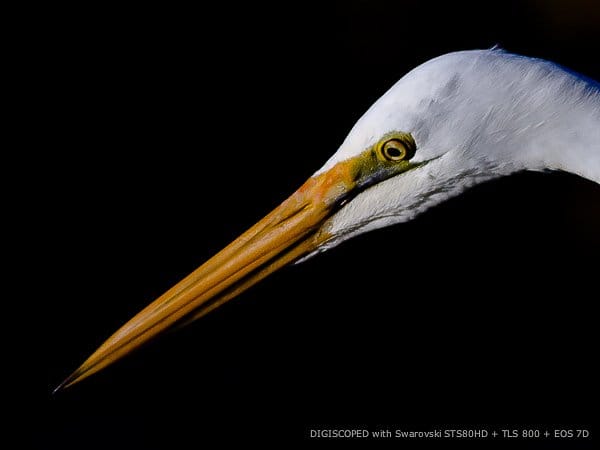
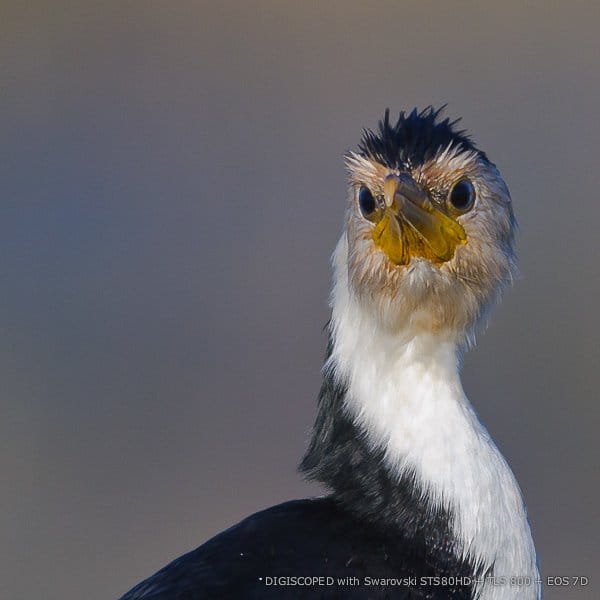
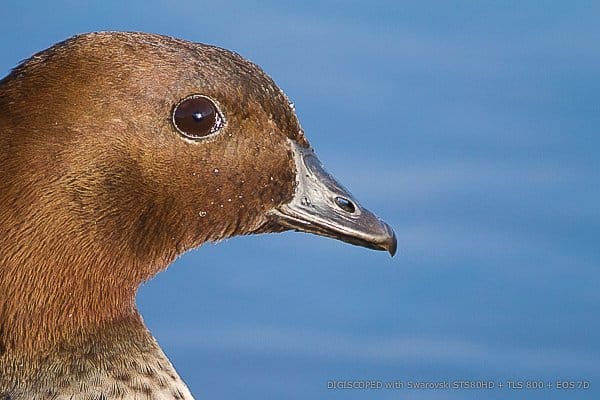
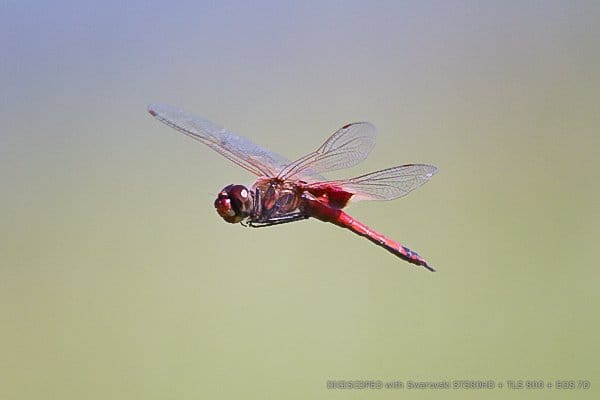
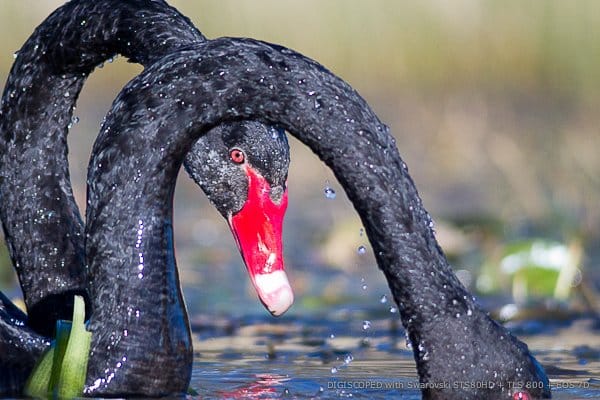
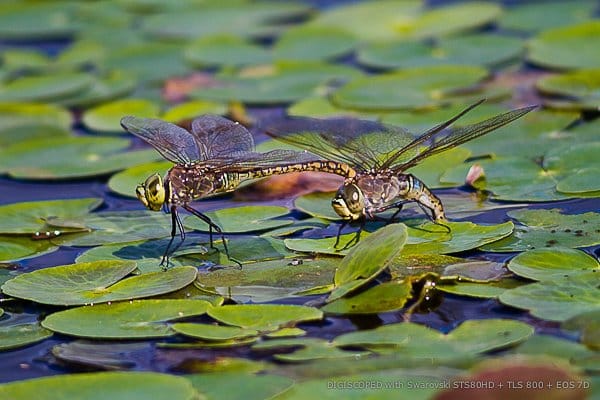
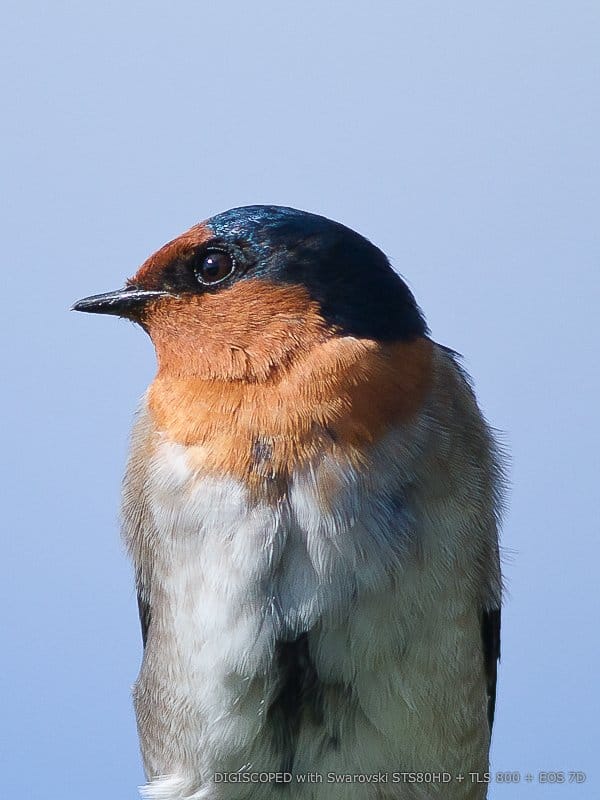






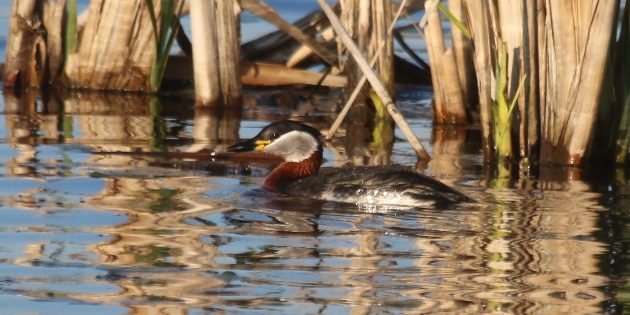




I’d love to see a photo of his set-up. Is one available to add to the article?
Dear Rich,
sorry for the late reply. following is a small image:
http://www.facebook.com/photo.php?fbid=115476425194817&set=a.103272403081886.4911.100001973801766&type=1&theater
i will try to get a photo of the setup for you over the next couple of days.
Cheers,
Johannes
Hi Rich,
following is a link to a picture of my setup
http://www.facebook.com/johannes.nothdurfter?success=1#!/photo.php?fbid=154187364657056&set=a.103272403081886.4911.100001973801766&type=1&theater
let me know if you have any questions or need any info
happy birding,
Hannes